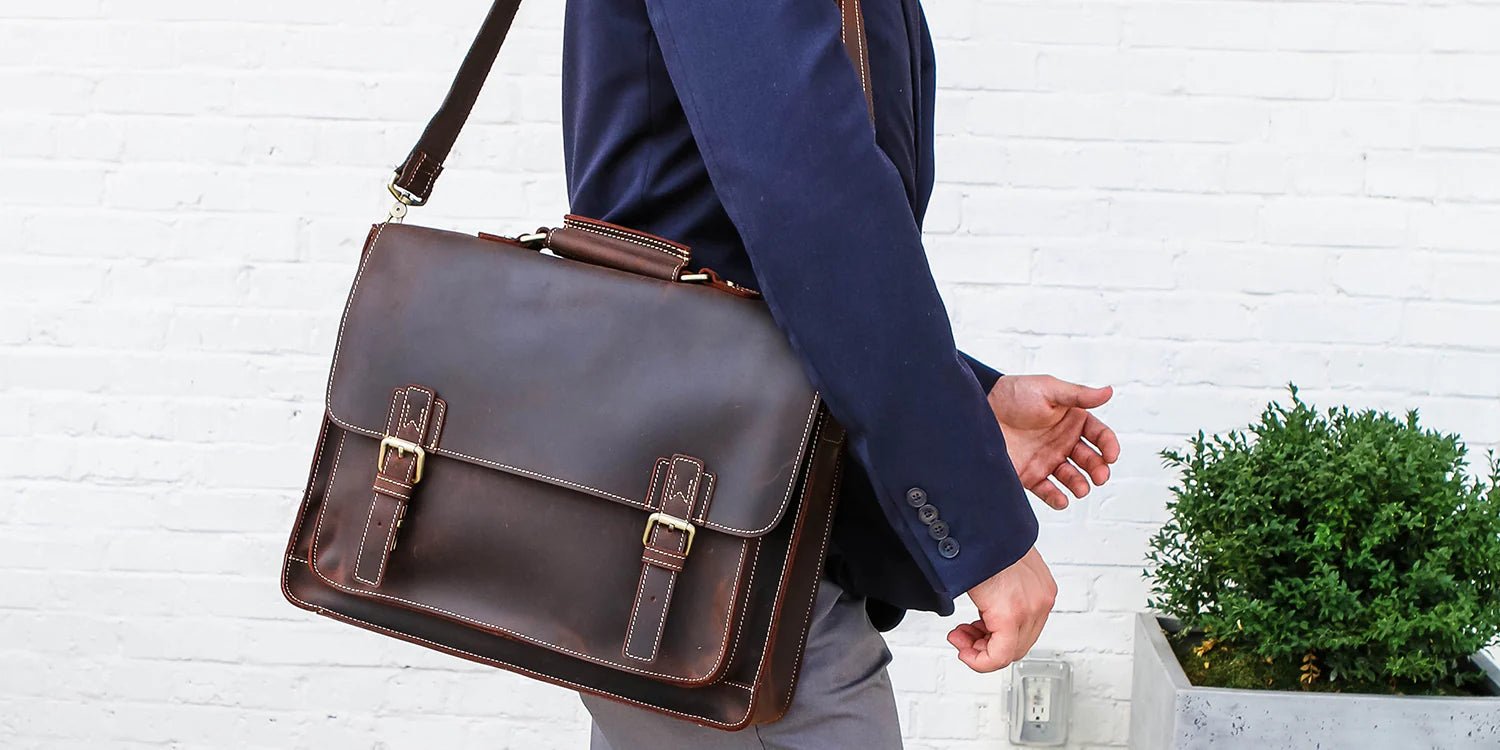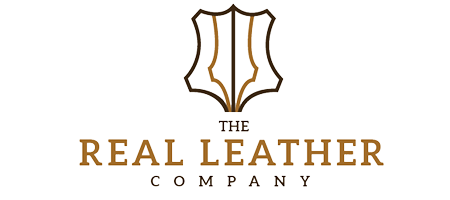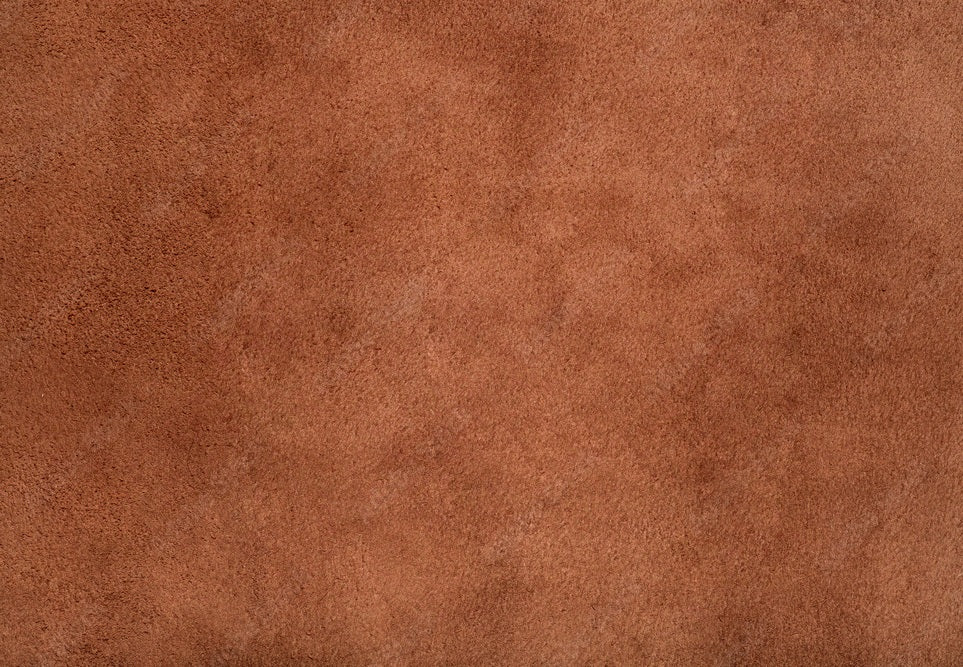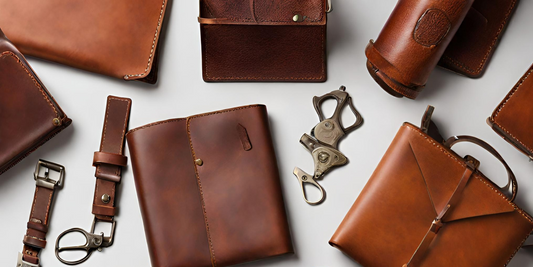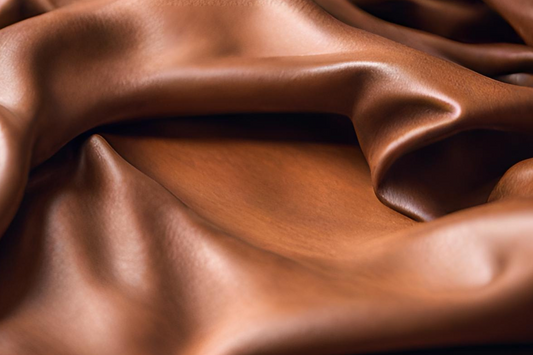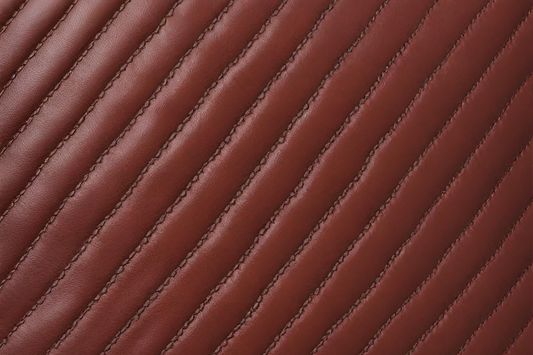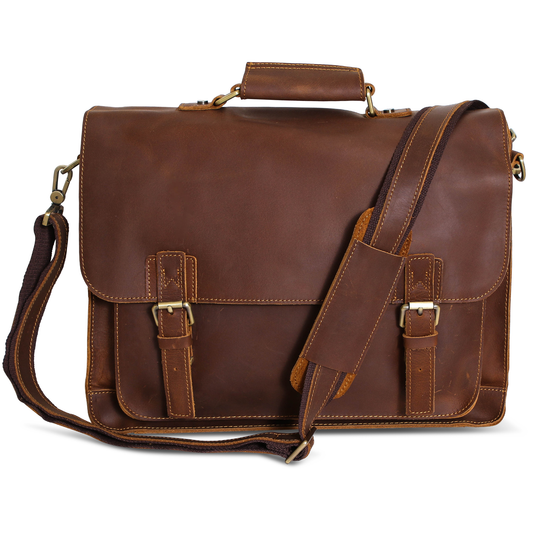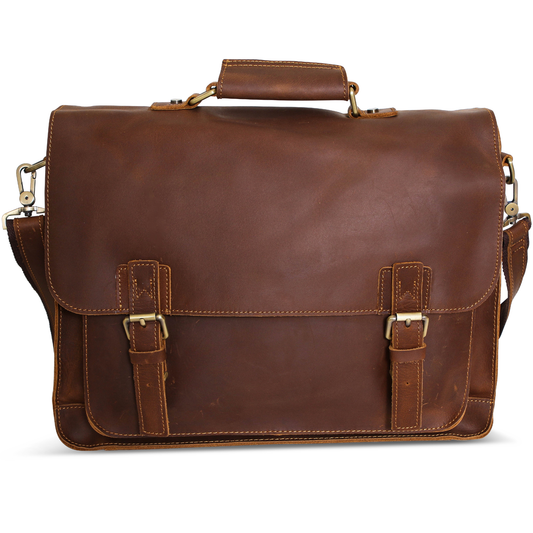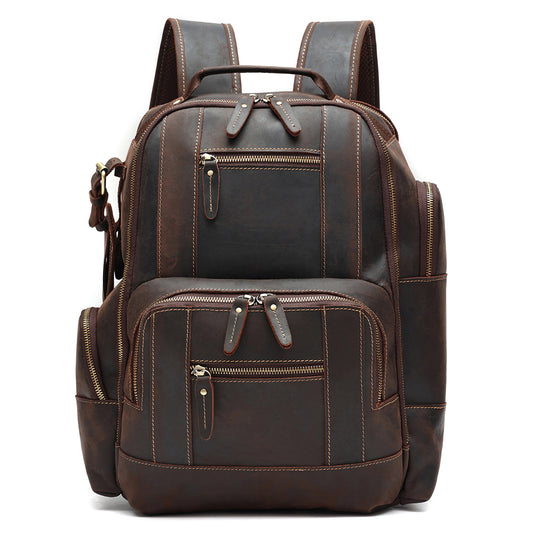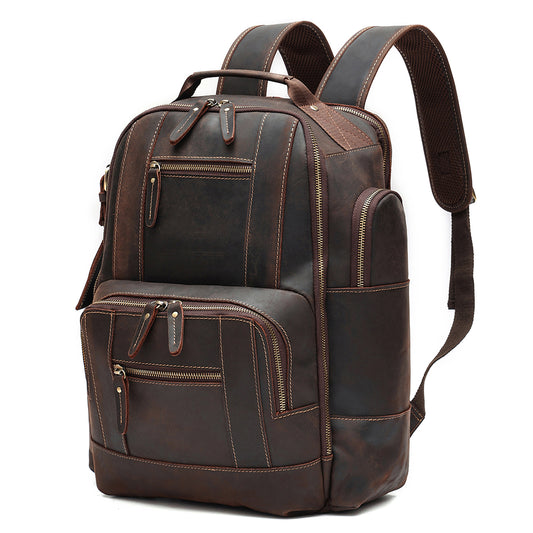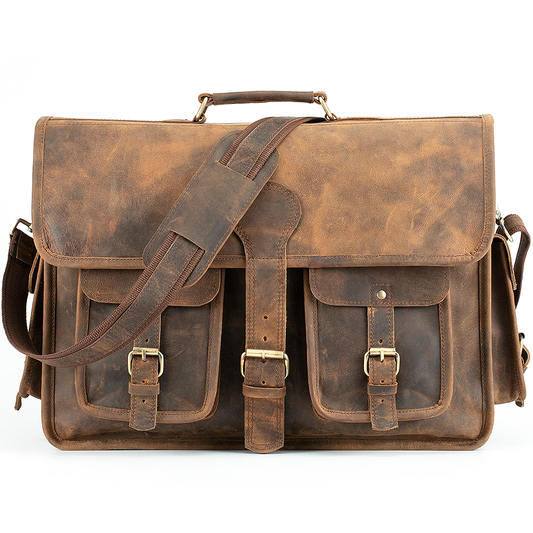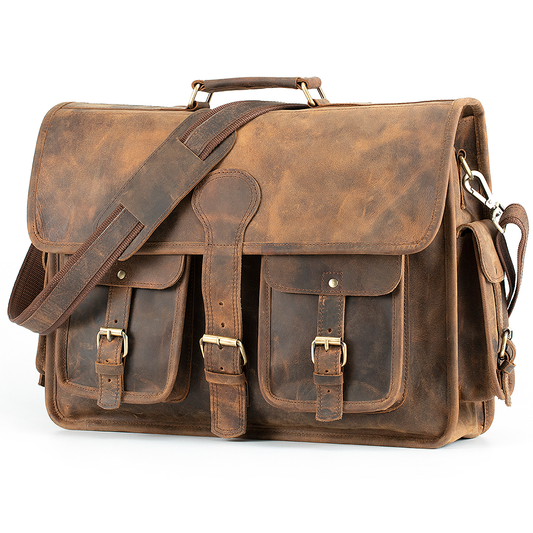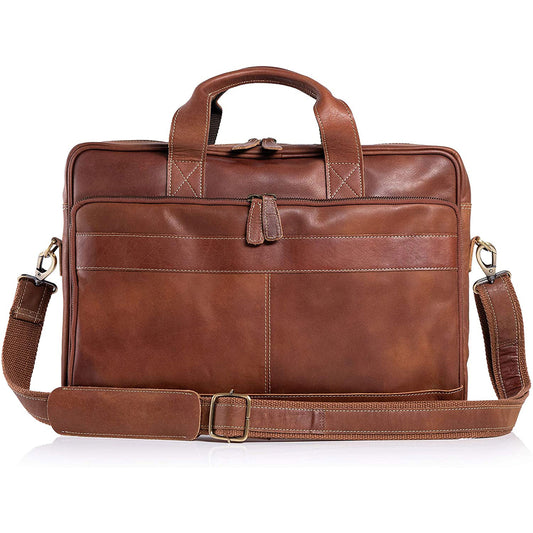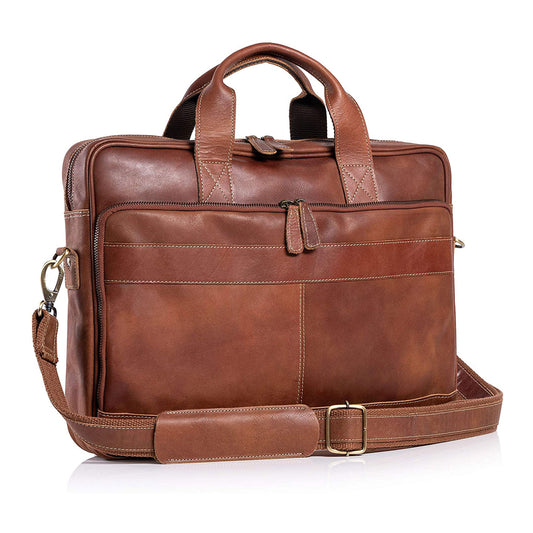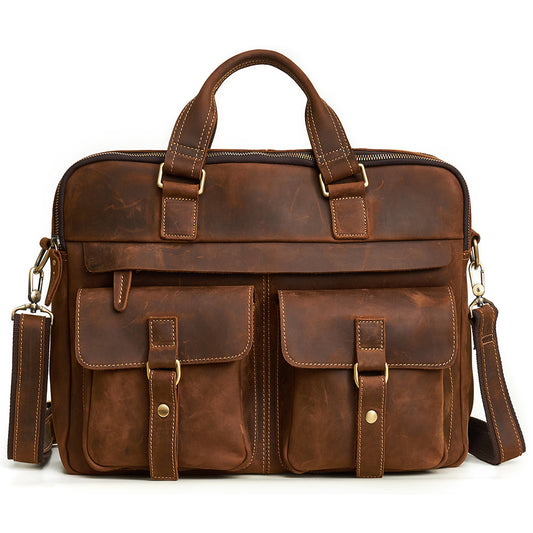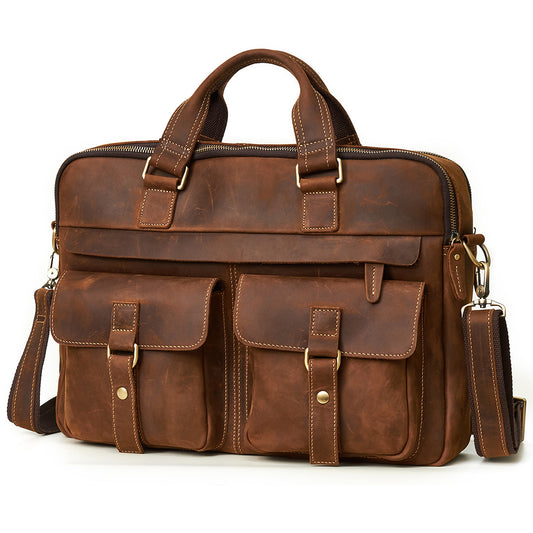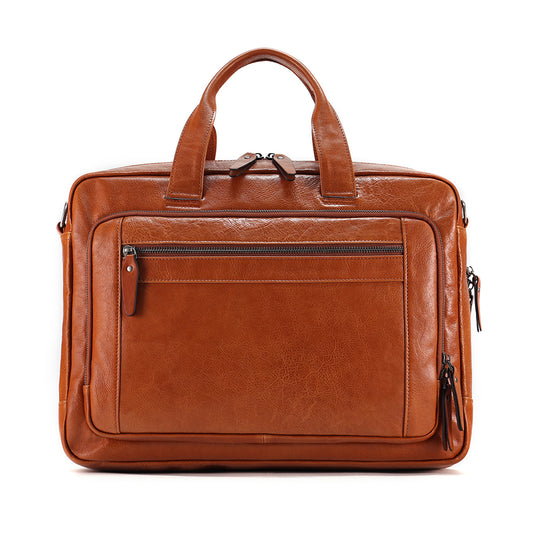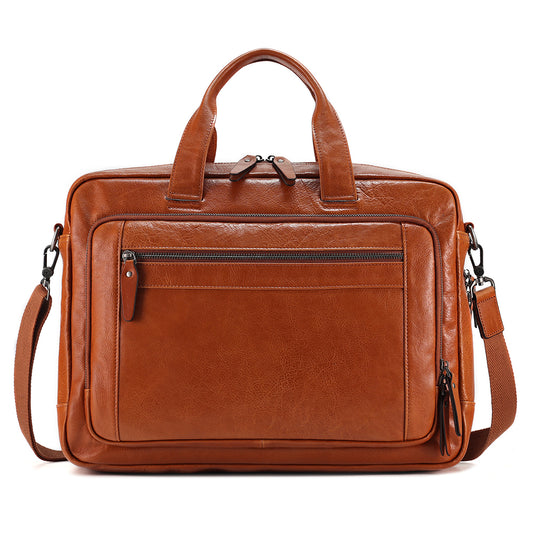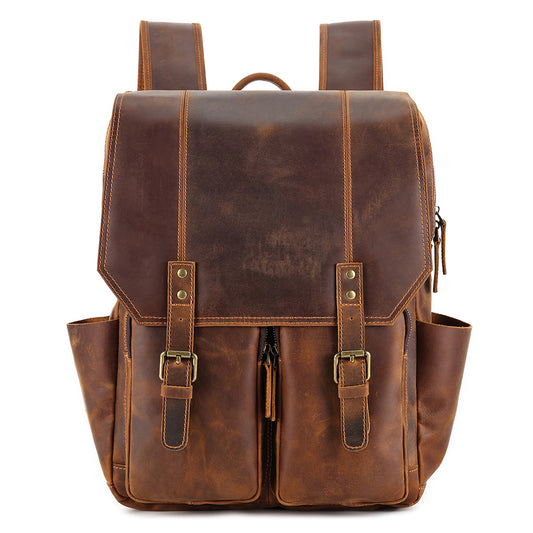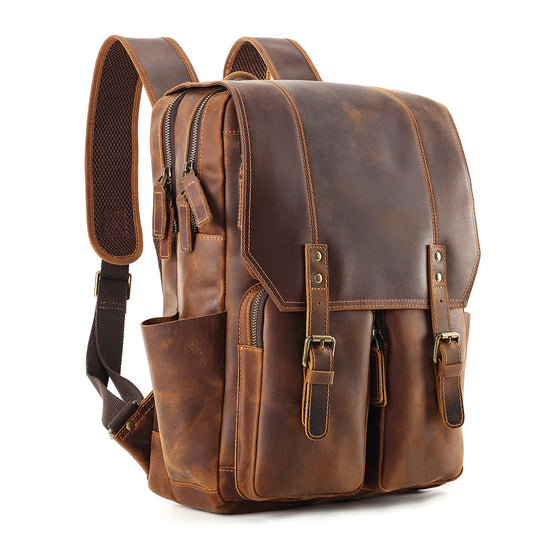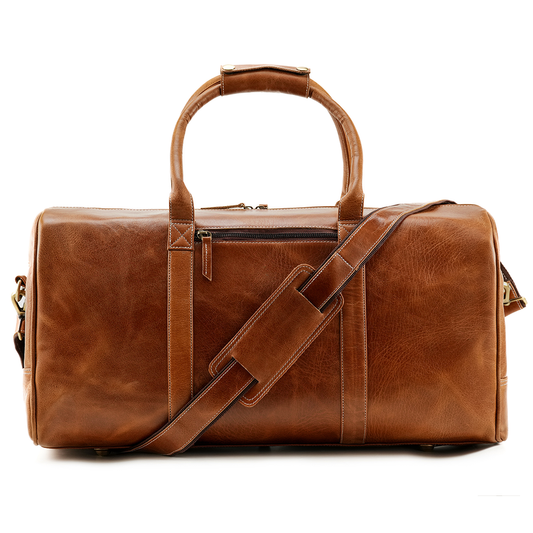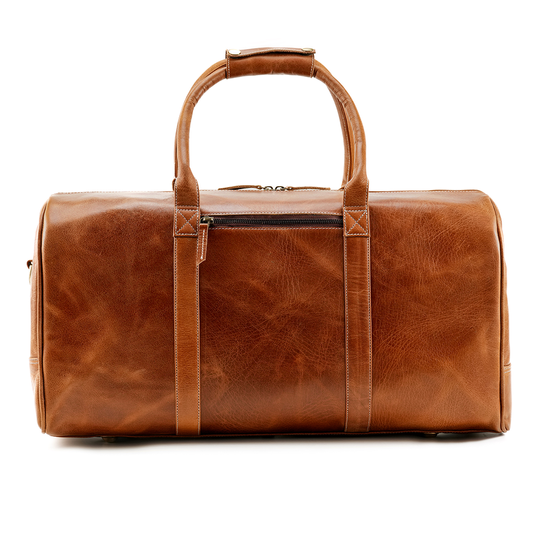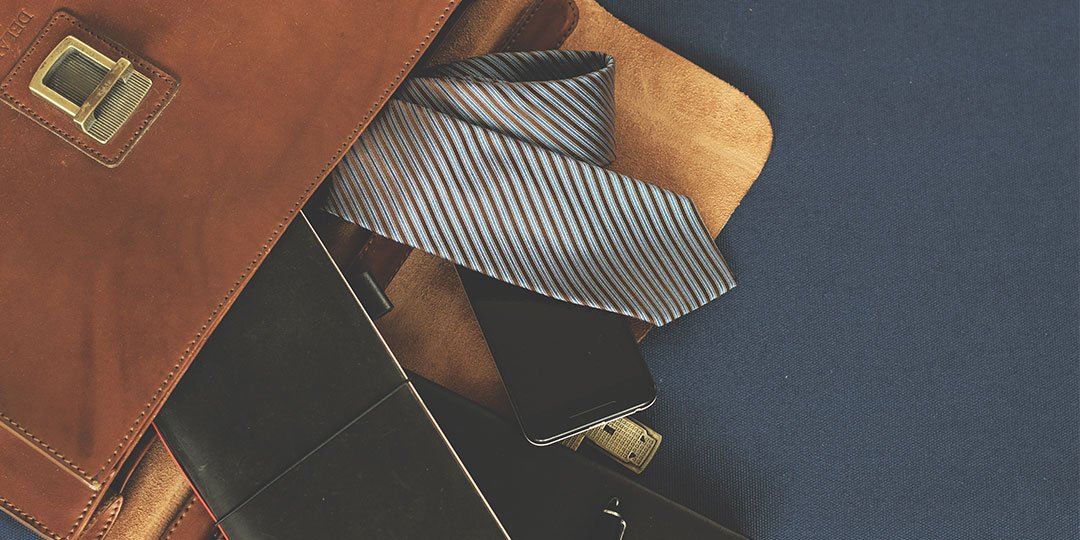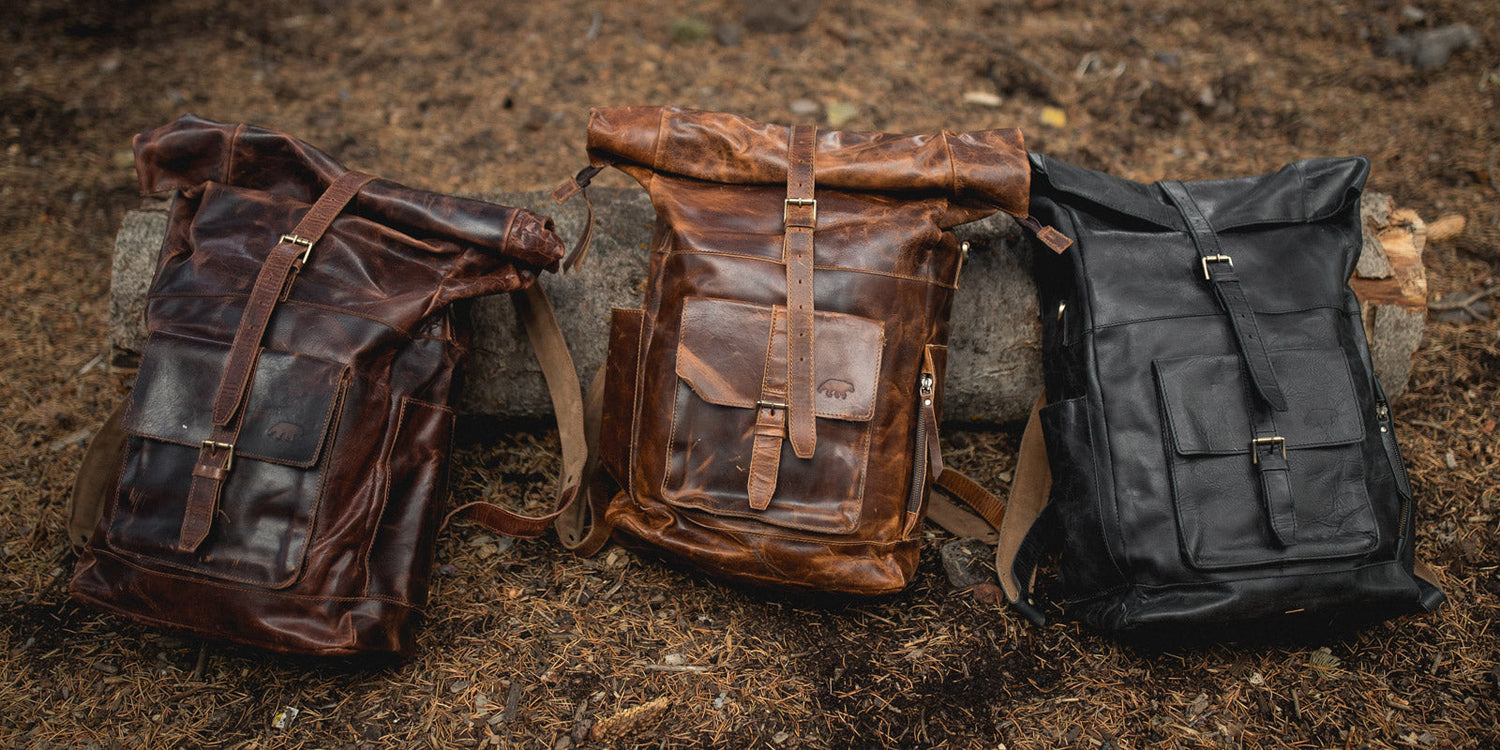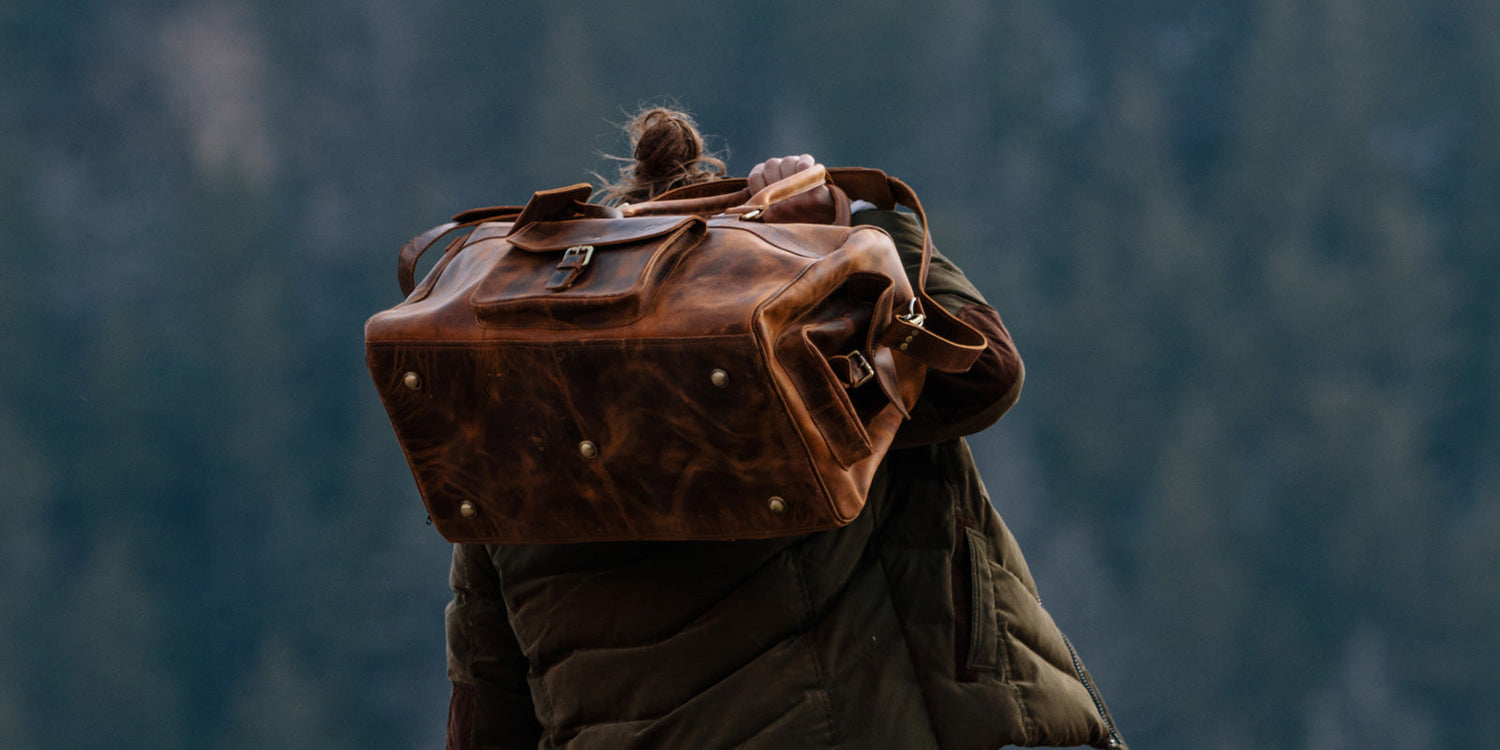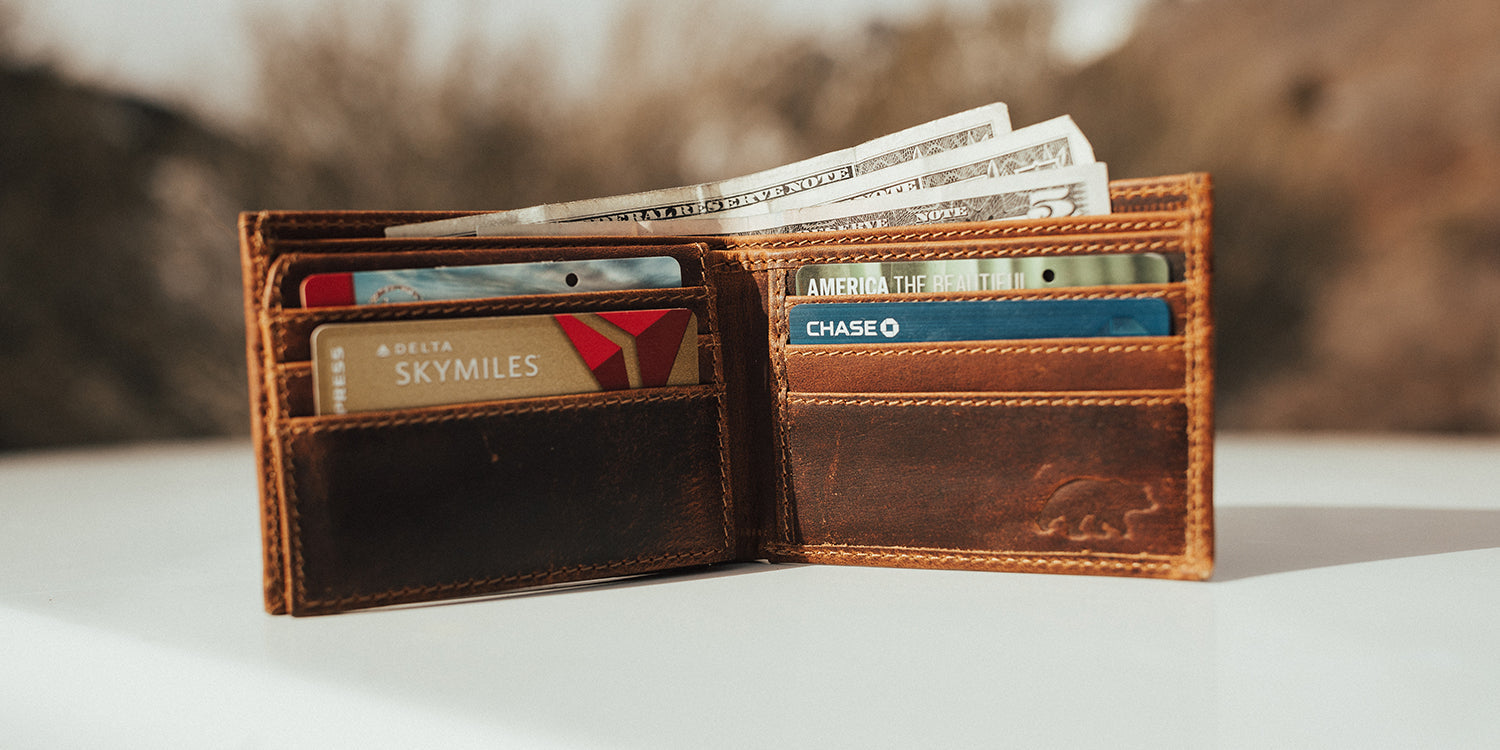Dive into the sumptuous world of suede leather – where every touch is a tactile delight and every glance a visual feast.
Like a whispered secret in a bustling room, suede's velvety allure beckons, promising luxury and refinement at your fingertips.
What is Suede Leather?
Suede leather is a type of leather known for its soft, supple texture and velvety surface.
Unlike full grain leather or top grain leather, which are made from the outer layer of animal hide, suede is crafted from the underside, also known as the flesh side, of the hide.
This gives suede its unique appearance and feel, distinguished by its fuzzy nap and matte finish.
Suede leather is typically made from the hides of animals such as cowhide, lambskin, sheepskin and pigskin.
These then make different types of suede like cowhide suede and pigskin suede.
During the manufacturing process, the suede side of the hide undergoes buffing or sanding to remove any imperfections and create a uniform surface.
Suede leather is prized for its luxurious feel and versatile nature as a soft leather.
Its softness and pliability make it ideal for various applications, from clothing and accessories to upholstery and home decor.
The distinct appearance of suede adds a touch of elegance and sophistication to any product it adorns.
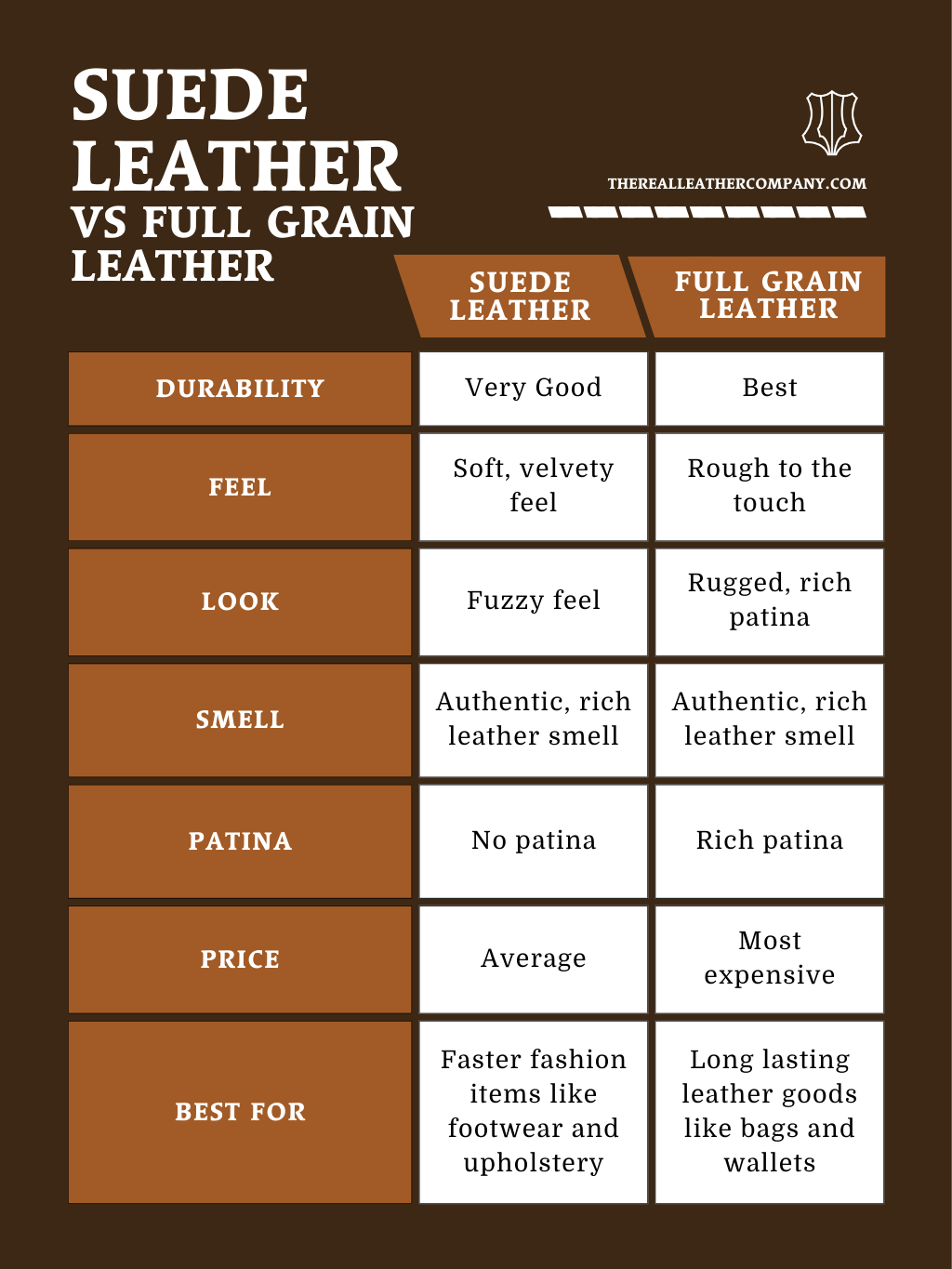
Is Suede Real Leather?
Suede is real leather, although it isn’t as durable and long-lasting as some other real leather alternatives.
In its traditional form, suede is made from real animal hides and is considered to be 100% real leather.
However, in some cases, suede-like materials or faux suedes may be created by blending real leather fibers with synthetic materials.
This blend is often referred to as "bonded suede" or "suede fabric."
These synthetic leather options typically will not last as long.
For strong, long-lasting products that have that rugged appearance and signature leather scent, the thicker materials that come from the top of the hide are a better option.

Suede Leather vs. Full Grain and Top Grain Leather
Suede leather, full grain leather, and top grain leather are among the most common options available.
We use primarily full grain and top grain leather for our leather goods at The Real Leather Company.
Here’s why:
1. Texture and Appearance
Suede Leather
Known for its soft, fuzzy texture and matte finish, suede leather has a velvety appearance that sets it apart from other types of leather.
Its distinctive nap adds depth and richness to its surface.
Full Grain Leather
Full grain leather retains the natural grain pattern of the animal hide, giving it a rugged and authentic look.
It may have imperfections such as scars or wrinkles, adding to its character.
Top Grain Leather
Top grain leather is similar to full grain leather but undergoes additional processing to remove the outermost layer of the hide. This results in a smoother surface with a more uniform appearance compared to full grain leather.
2. Durability and Strength
Suede Leather
While suede leather is prized for its softness and luxurious feel, it is generally less durable and more prone to damage than full grain or top grain leather.
Its nap can easily be scuffed or stained, requiring careful maintenance.
Full Grain Leather
Full grain leather is the strongest and most durable type of leather, as it retains the outer layer of the hide, which contains the strongest fibers.
It develops a rich patina over time and can withstand the rigors of everyday use.
Top Grain Leather
Top grain leather offers a balance between durability and refinement.
It is slightly less durable than full grain leather but still maintains a high level of strength and resilience.
3. Versatility and Uses
Suede Leather
Suede leather is prized for its versatility and is commonly used in fashion, upholstery, and accessories such as shoes, bags, and gloves.
Its soft texture adds a touch of luxury to any product it adorns.
Full Grain Leather
Full grain leather is often preferred for rugged applications such as belts, bags, wallets, and furniture upholstery, where durability and strength are paramount.
It is also used in high-end fashion for its natural beauty and character.
Top Grain Leather
Top grain leather is versatile and widely used in a variety of applications, including furniture, handbags, and apparel.
Its smooth surface makes it suitable for products where a refined appearance is desired.
At The Real Leather Company, we have a wide range of leather goods in stock. From supple leather wallets, to rugged leather briefcases, we’re your one stop leather shop.
Check out our collections for special sale prices. All items are eligible for checkout in USD, CAD and GBP. Add your favorite leather goods to your shopping cart today!

Advantages of Suede Leather
Suede leather offers several advantages that make it a popular choice for a wide range of applications:
1. Softness and Comfort
One of the primary advantages of suede leather is its incredibly soft and supple texture.
The buffing or sanding process used to create suede results in a luxurious material that feels gentle against the skin.
This makes suede leather ideal for clothing, accessories, and footwear where comfort is a priority.
2. Distinctive Appearance
Suede leather's velvety surface and matte finish give it a unique and stylish appearance.
The fuzzy nap adds depth and richness to the leather, creating a sense of luxury and sophistication.
Whether used in fashion, upholstery, or home decor, suede leather adds an element of elegance to any product it adorns.
3. Versatility
Suede leather is highly versatile and can be used in a variety of applications.
It is commonly found in fashion items such as jackets, skirts, and handbags, as well as accessories like shoes, belts, and gloves.
Additionally, suede leather is used in upholstery and interior design to add texture and visual interest to furniture and decor.
4. Breathability
Unlike some other types of leather, suede leather has excellent breathability, allowing air to pass through the material.
This makes it comfortable to wear in warmer climates or during physical activity, as it helps regulate temperature and prevent moisture buildup.
5. Easy to Dye
Suede leather readily accepts dyes and finishes, allowing for a wide range of colors and effects.
This versatility in coloring makes it easy to customize suede leather products to suit individual preferences and design trends.
Disadvantages of Suede Leather
While suede leather offers many benefits, it also has some disadvantages to consider:
1. Susceptibility to Stains and Water Damage
Suede leather is more prone to staining and water damage compared to other types of leather.
Its soft, absorbent surface can easily become marked or discolored when exposed to liquids, oils, or dirt. Special care is needed to protect suede leather from moisture and maintain its appearance.
2. Difficult to Clean
Cleaning and maintaining suede leather can be challenging, especially when dealing with stains or soiling.
Traditional cleaning methods may not be suitable for suede, and improper cleaning techniques can cause further damage to the leather.
Specialized suede brushes and cleaning products are often required to remove stains and restore the nap of the leather.
3. Less Durable
While suede leather is prized for its softness and texture, it is generally less durable and more prone to wear and tear than other types of leather.
The delicate nap of suede can easily be flattened or damaged with regular use, particularly in high-friction areas such as elbows or knees on clothing.
4. Sensitive to Environmental Factors
Suede leather is sensitive to environmental factors such as sunlight, heat, and humidity.
Prolonged exposure to sunlight can cause fading or discoloration, while excessive heat or moisture can lead to mold or mildew growth.
Proper storage and care are essential to protect suede leather from environmental damage.
5. Higher Maintenance Requirements
Maintaining suede leather requires more effort and attention compared to other types of leather.
Regular brushing, spot cleaning, and conditioning are necessary to keep suede looking its best and prolong its lifespan.
Failure to properly care for suede leather can result in deterioration and loss of its distinctive appearance.
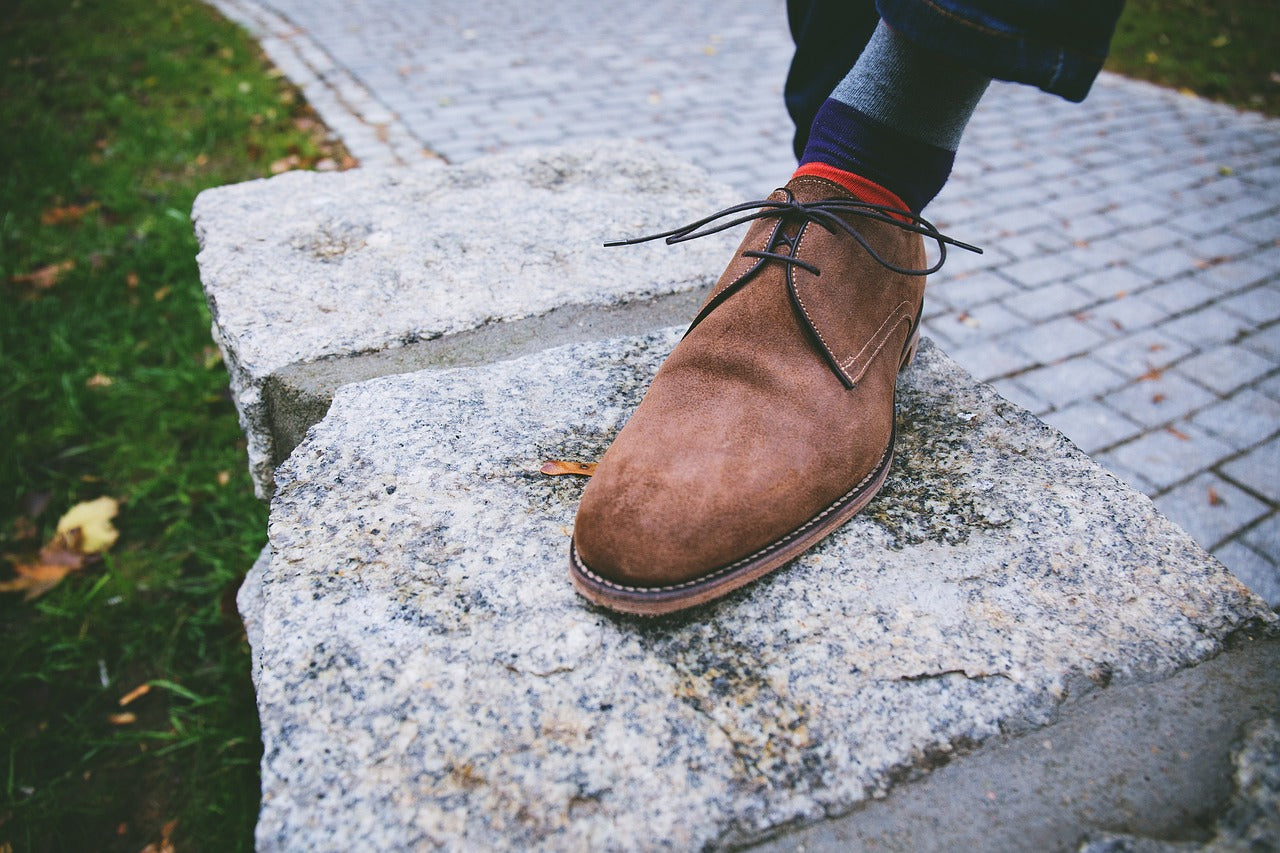
Common Uses of Suede Leather
Suede leather's soft texture and distinctive appearance make it a versatile material that is used across different industries.
Fashion Apparel
Suede leather is a popular choice for fashion apparel due to its luxurious feel and stylish appearance.
It is commonly used to make suede jackets, suede shoes, purses, skirts, vests, and coats, adding a touch of elegance and sophistication to any outfit.
Suede materials softness and drape make it particularly well-suited for creating flowing, tailored garments.
Footwear
Suede leather is frequently used in footwear manufacturing, both for its aesthetic appeal and functional properties.
Shoes, boots, sandals, and slippers made from suede leather offer a comfortable fit and a fashionable look.
Suede's breathability and flexibility make it an excellent choice for casual and dress shoes alike.
Accessories
Suede leather is a popular material for accessories such as handbags, wallets, belts, and gloves.
Its soft texture and velvety appearance add a touch of luxury to these items, making them both fashionable and functional.
Suede accessories come in a variety of styles and colors, catering to different tastes and preferences.
Upholstery and Home Decor
Suede leather is commonly used in upholstery and home decor to add texture and visual interest to furniture, pillows, and cushions.
Suede upholstery lends a warm and inviting feel to living spaces, while suede throw pillows and blankets add coziness and comfort.
Suede's rich texture and softness make it a popular choice for creating inviting and stylish interiors.
Automotive Interiors
Suede leather is also used in automotive interiors to upholster seats, steering wheels, and dashboards.
Suede-trimmed interiors are often found in luxury vehicles, providing a touch of refinement and sophistication.
Suede's softness and tactile appeal enhance the driving experience, making it a popular choice among car enthusiasts.
Crafts and DIY Projects
Suede leather is a favorite material for crafts and DIY projects due to its versatility and ease of use.
Crafters and hobbyists use suede leather to create a wide range of items, including jewelry, keychains, journal covers, and wall hangings.
Suede's soft texture and ability to hold embellishments such as beads, studs, and embroidery make it an ideal choice for creative projects.
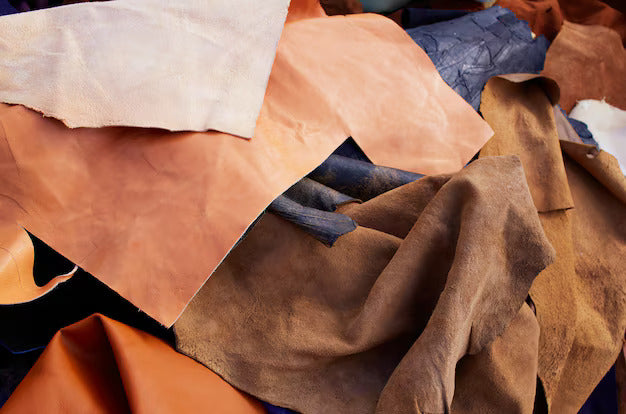
How is Suede Made?
Suede leather is crafted through a specialized manufacturing process that involves transforming the underside of animal hides into a soft, velvety material. Here's a step-by-step guide to how suede leather is made:
1. Selection of Hides
The process begins with the selection of suitable hides, typically sourced from animals like cows, goats, pigs, and deer.
These hides are inspected to ensure high-quality and uniformity before being sent into the tanning process.
2. Preparation
Once selected, the hides undergo a preparatory phase where they are cleaned and soaked to remove any dirt, oils, or impurities.
This ensures that the leather will have a clean and uniform finish.
3. Splitting
After the hides are prepared, they are split into multiple layers using a splitting machine.
The top layer, known as the grain side, is used for full grain or top grain leather, while the split leather (underside of the animal skin), called the suede side, is processed further to create suede leather.
4. Buffing or Sanding
The suede side of the hide is subjected to a buffing or sanding process to achieve the characteristic fuzzy texture of suede.
This involves using abrasive materials to gently remove the top layer of the leather, raising the fibers and creating a soft, velvety nap.
5. Finishing
Once the desired texture is achieved, the suede leather may undergo additional treatments to enhance its appearance and performance.
This can include dyeing to add color, away from the standard mocha brown, into other shades like black, english cognac or even electric blue.
Alternatively, embossing for decorative effects, or applying protective coatings to improve durability and resistance to stains and water.
Once finished, suede is sent to manufacturers to make new products.
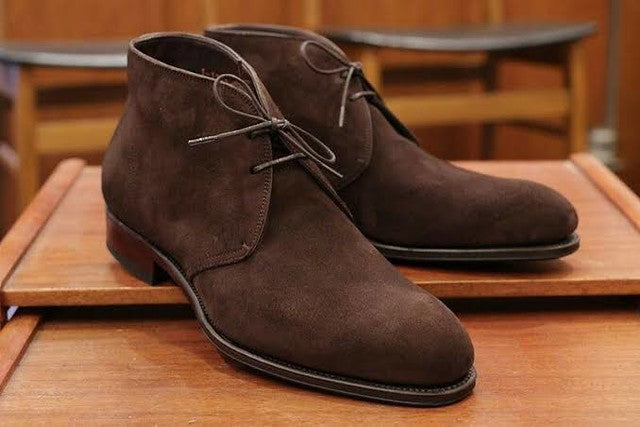
History of Suede Leather
Suede leather has been around for centuries, evolving alongside the development of leatherworking techniques and the use of animal hides.
While exact details are scarce, it's believed that suede production techniques have been practiced for a long time.
Suede likely emerged as humans discovered ways to use all parts of animal hides.
Primitive tools were used to scrape and soften hides, creating materials suitable for clothing and shelter.
The term "suede" comes from the French phrase "gants de Suède," meaning "gloves from Sweden."
This reflects suede's historical association with making fine gloves, known for their softness and flexibility.
During the Middle Ages, suede became popular in Europe for gloves, footwear, and luxury goods.
Its soft texture and velvety appearance made it a favorite among the wealthy.
In the 19th and 20th centuries, suede found more use in fashion and design, especially during the French and Italian Art Deco period.
Designers incorporated suede into their collections for its luxurious feel and rich look.
Today, suede is still loved for its softness, texture, and versatility. It's used in fashion, accessories, upholstery, and home decor.
Modern manufacturing techniques ensure consistency in texture and appearance.

Caring for Suede Leather
Suede leather requires specialist care and can be easily damaged if not properly cleaned. This is the case for most real leathers, although some fare better than others.
Suede is especially susceptible to staining, which is why it’s key to act fast when dealing with this type of leather.
First, you will need to identify what type of stain or dirt you’re dealing with. Dry marks, wet stains, and oil-based blemishes will all require a different approach.
Cleaning Dirt and Dry Marks Off Suede
For dry dirt, you can most often use a very soft brush to clean away any mess.
Avoid using harsh chemicals and abrasive brushes on this gentle fabric.
Using a brush that’s too harsh can scratch the material and ruin your real leather products.
For more stubborn marks, it’s also possible to use a clean eraser sparingly to remove some of the surface-level dirt.
Avoid overusing this method, or you could risk damaging the surface of the material.
Cleaning Wet Stains On Suede
For wet stains and marks, time is of the essence.
Immediately blot (don’t rub) the stained area to try and take the liquid out of the material.
For more stubborn stains, you may be able to use a leather cleaner or a combination of white vinegar and water on a cloth.
Gently dab the solution onto the cloth, not the leather, and never rub it, or you risk spreading the stain.
For oil-based stains, it's always recommended to get a professional to take a look.
Water-based solutions won’t have too much of an impact on oily stains and can actually do more damage.
Bonus Tips For Cleaning Suede Leather:
- Always test any cleaning method on a small, inconspicuous area of the suede first to ensure it doesn't cause damage.
- Do not use water on oil-based stains. Instead, consult a professional cleaner.
- Allow the suede to air dry completely after cleaning. Avoid using heat sources like hair dryers or radiators, as they can damage the material and cause it to warp.

FAQs
1. What is suede leather?
Suede leather is a type of leather made from the underside of animal hides, known for its soft, fuzzy texture and matte finish.
It is created by buffing or sanding the suede side of the leather hide to raise the fibers and create a velvety nap.
2. How is suede leather different from other types of leather?
Unlike full grain, top grain or nubuck leather, which are made from the outer layer of the hide, suede leather is crafted from the inner layer, resulting in its distinctive texture and appearance.
Suede leather is softer and more pliable compared to other types of leather.
3. What are the advantages of suede leather?
Suede leather is prized for its softness, comfort, and luxurious feel.
It has a unique appearance that adds elegance to any product it adorns.
Suede leather is also versatile and used in a variety of applications, from fashion and accessories to upholstery and home decor.
4. How do I care for suede leather products?
Proper care is essential to maintain the appearance and longevity of suede leather.
Use a suede brush to gently remove dirt and restore the nap, and avoid exposing suede to water or moisture, as it can cause staining or damage.
Store suede leather items in a cool, dry place away from direct sunlight.
5. Can suede leather be cleaned?
Yes, suede leather can be cleaned, but it requires special care.
Use a suede brush or eraser to remove stains and dirt, and consider using a suede cleaner or conditioner to restore the leather's appearance.
Always test any cleaning products on a small, inconspicuous area first to ensure compatibility with the leather.
6. Is suede leather waterproof?
Suede leather is not inherently waterproof and can be easily damaged by water or moisture.
To protect suede leather from water damage, consider applying a waterproofing spray or treatment specifically designed for suede.
However, keep in mind that even with waterproofing, suede leather is still susceptible to staining and should be kept dry whenever possible.
7. Is suede leather suitable for outdoor use?
While suede leather can be used outdoors, it is not as durable or weather-resistant as other types of leather.
Exposure to the elements, such as rain, snow, or direct sunlight, can cause damage to suede leather and affect its appearance.
Consider using suede leather products in indoor or protected outdoor environments to prolong their lifespan.
